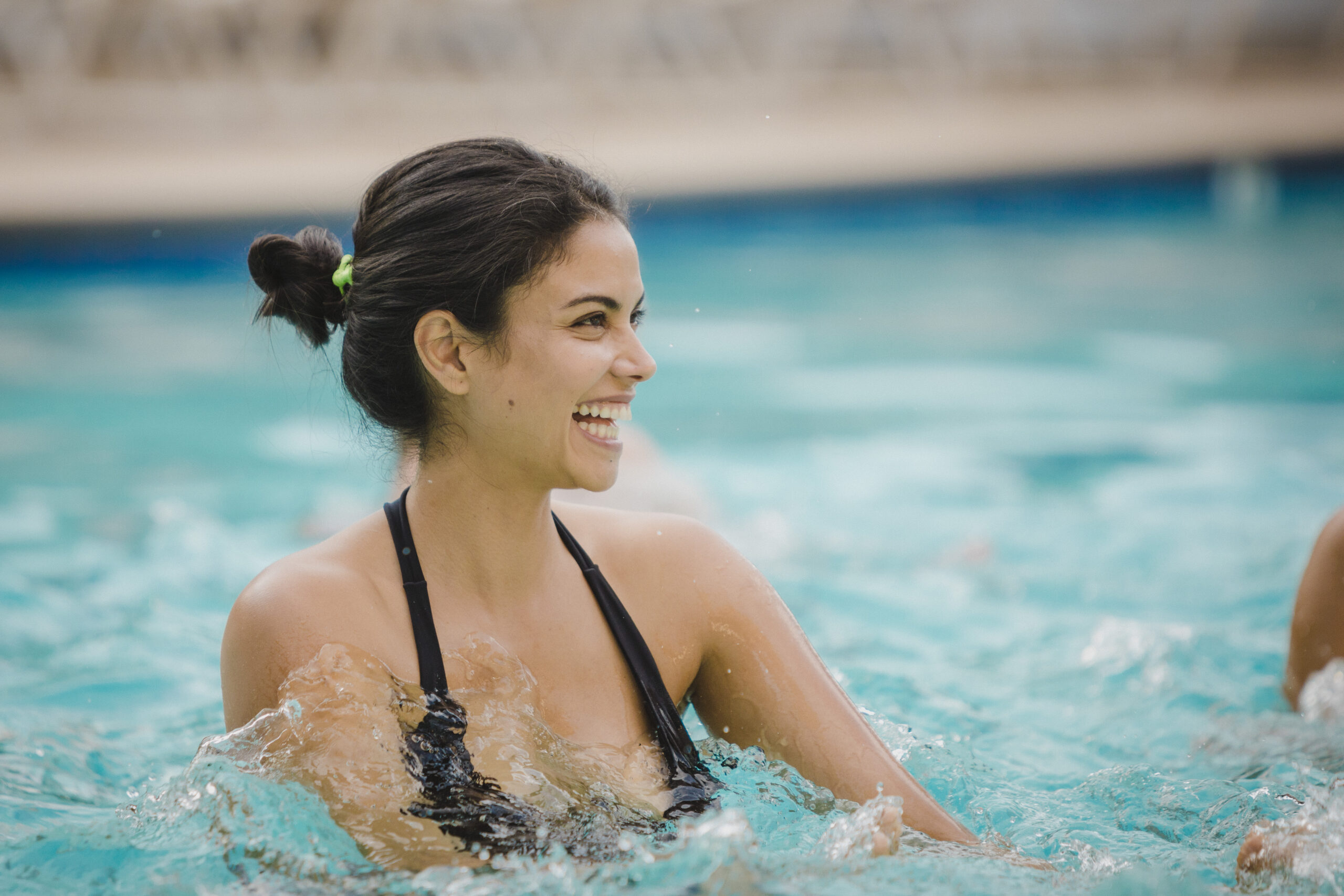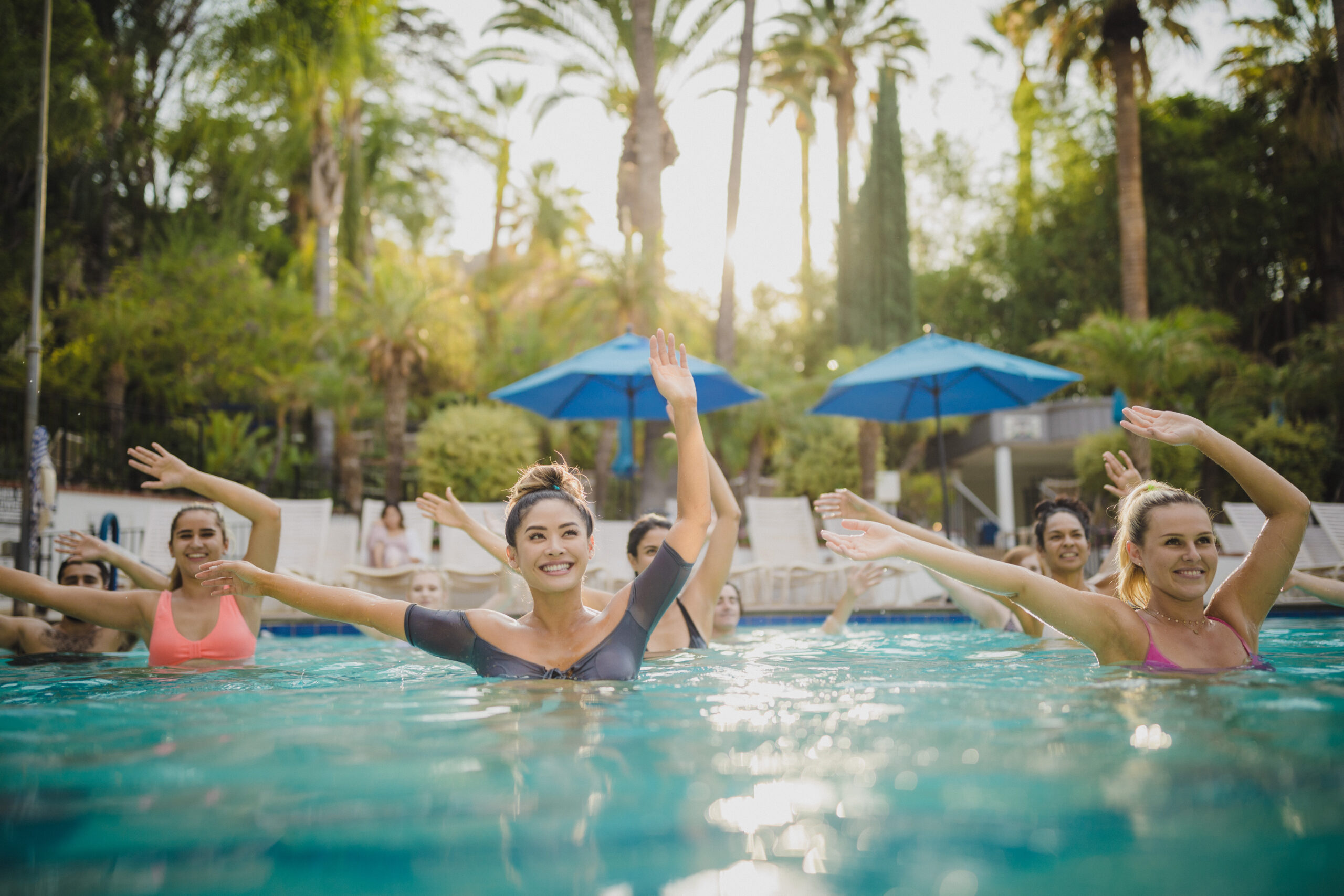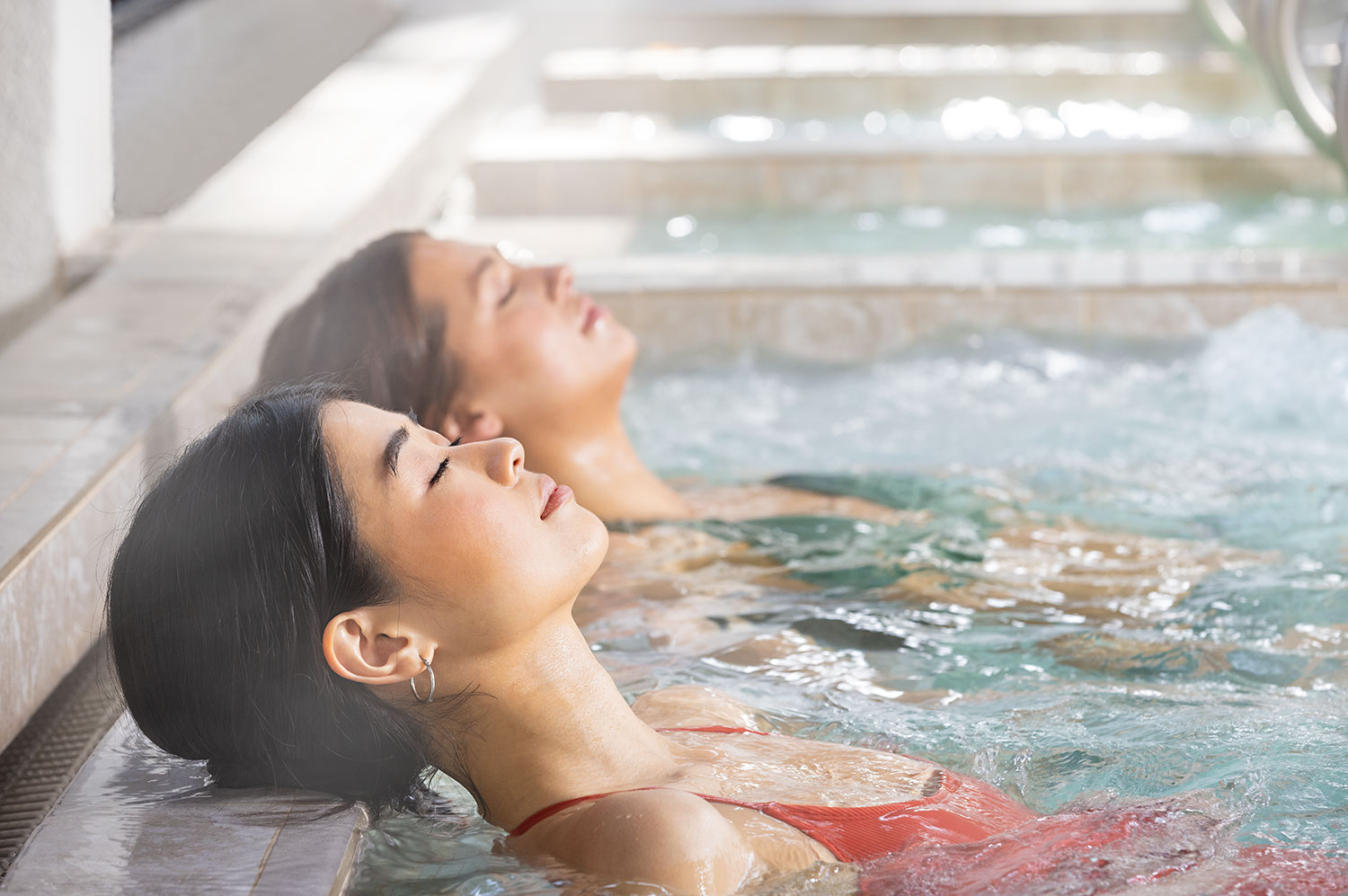With National Girls and Women in Sports Day having just been celebrated in February, it’s a great time to acknowledge female presence in the athletic world and the efforts toward equality in sports. Though male-driven leagues like the NFL, NHL or NBA typically come to mind when talking sports, female leagues and teams are on the rise to prominence and giving little girls everywhere hope that they can be professional athletes one day, too. With this more recent dynamic in sports, the image of what an athlete looks like is beginning to break through old stereotypes and it’s becoming more widely accepted that women and men equally have to work incredibly hard to be at the top of their game.
Whether female or male, it’s evident that athletes push themselves to their limits and test their bounds, both physically and mentally. Athletes not only leave it all on the court or field, but spend countless hours training and practicing in order to be in peak shape. As renowned tennis player Billie Jean King once said, “Champions keep playing until they get it right.” When putting your body through such intense games and workouts, the rest and recovery period is just as important. Rest days are crucial as they allow the muscles to prepare for the next workout and lessen physical fatigue.
Recovery for athletes can involve several different practices, but one common recovery strategy is contrast bath therapy. This practice includes brief immersions in water, alternating between hot and cold temperatures. Soaking in cold water causes the capillaries, or small blood vessels, in your body to decrease in size and the opposite happens when soaking in hot water, causing your capillaries to open up. This rapid contrast in temperature causes the blood vessels to pulse or pump in a way which is believed to help relieve several injury symptoms that athletes are prone to. Other benefits of this hot/cold therapy include reducing muscle fatigue, relieving muscle soreness and decreasing swelling–all issues that athletes face on a regular basis.
In addition to bathing circuits, other recovery strategies for athletes can include foam-rolling, refueling your body with healthy foods and practicing active recovery post workouts. Active recovery might sound redundant, but continuing parts of your workout in slower movements and lower intensity promotes blood flow, reduces inflammation and helps build endurance by keeping your heart at a steadier rate. Additional recovery practices, like incorporating a consistent yoga or meditation practice, can also help manage stress and keep athletes calm.
All in all, just like every athlete’s body and training is different, recovery is not finite and looks different for everyone. Regardless of the sport or activity, it’s evident that recovery is a key component to not only helping athletes obtain peak performance, but to also help prevent physical burnout and keep their bodies in optimal health.




